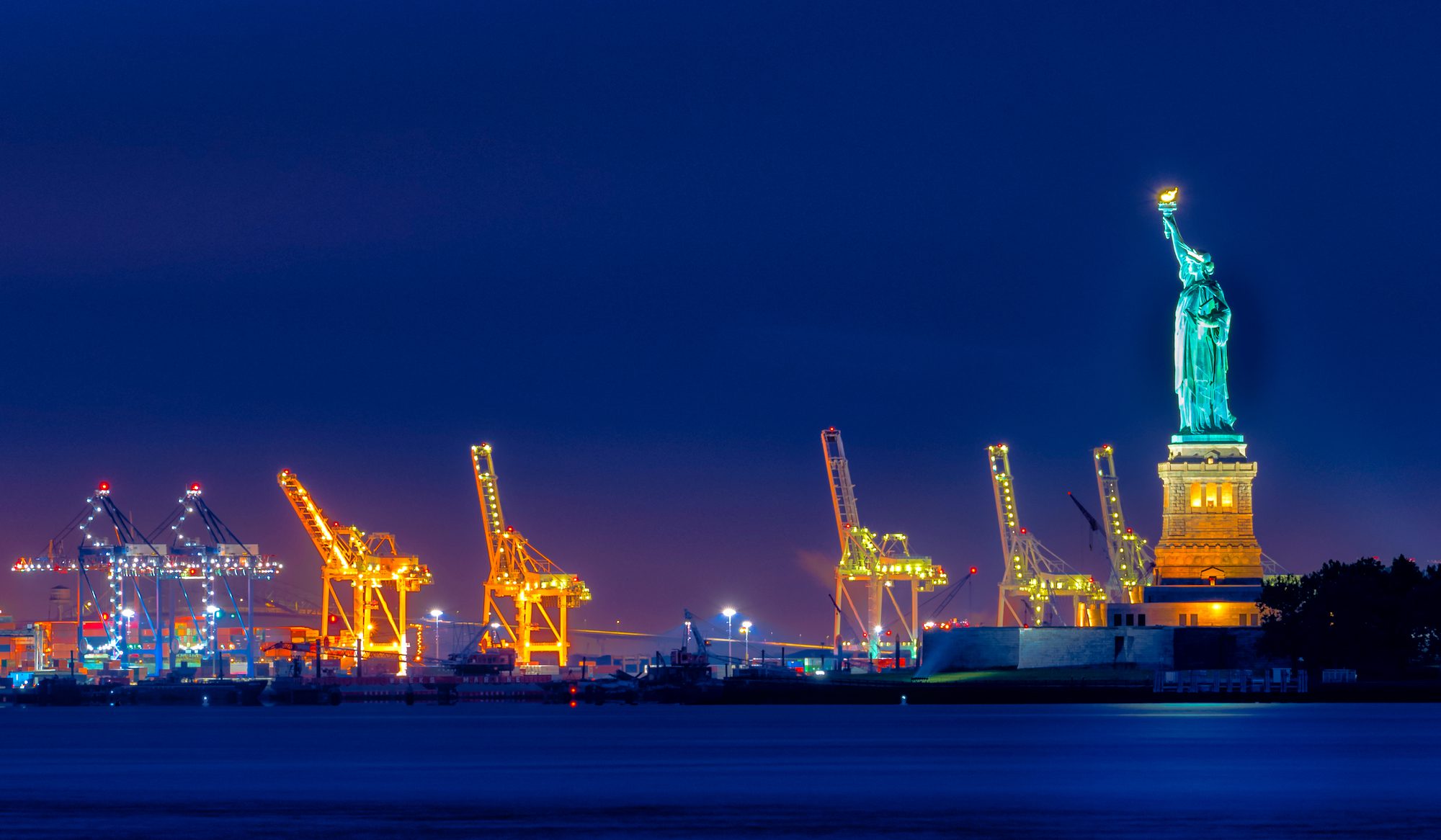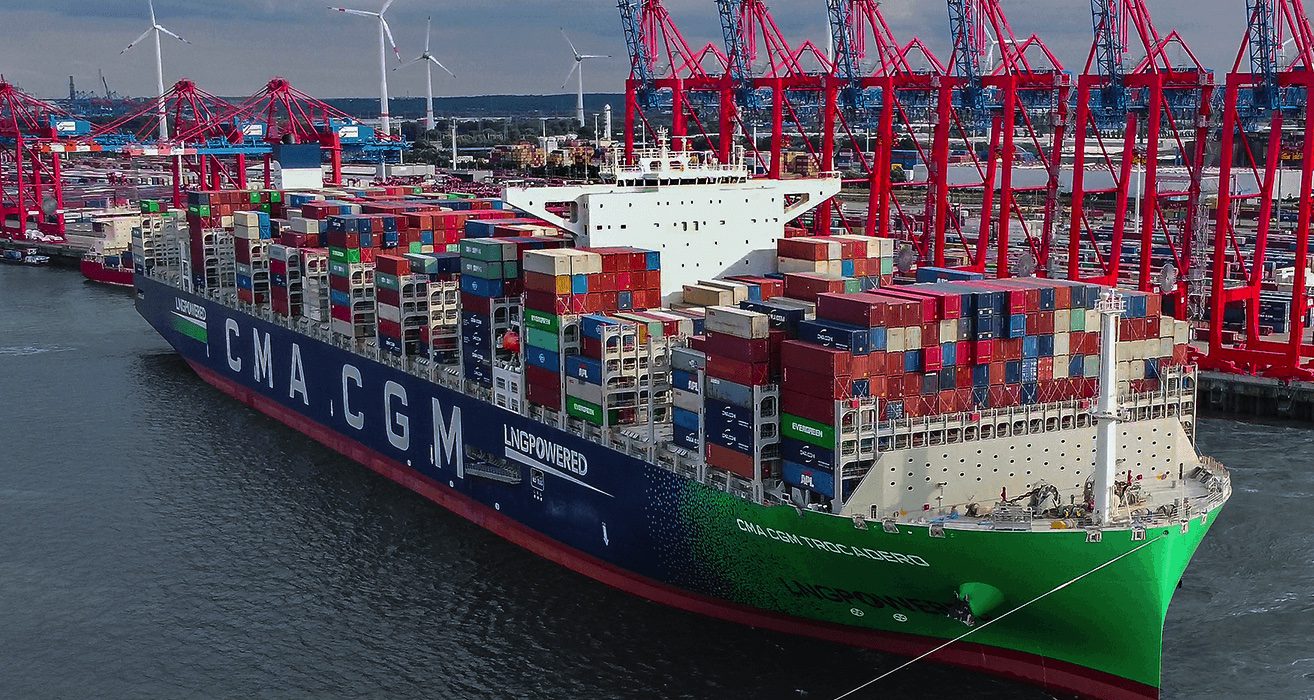The Port of New York and New Jersey closed out 2022 handling a record 9.5 million TEUs—smashing its previous record set a year earlier in 2021.
The TEU volume (9,493,664 to be exact) ranks it as the United States’ second busiest container port behind the Port of Los Angeles’ 9.9 million TEUs and ahead of the Port of Long Beach’s 9.13 million TEUs in 2022. Both Los Angeles and Long Beach experienced their second-busiest years on record last year behind 2021.
The Port of New York and New Jersey’s 9.5 million TEUs makes for a 27% jump from pre-pandemic 2019 annual totals, highlighting its explosive growth this past year as inbound volumes shifted eastward throughout the course of last year. Year over year, 2022 came in 5.7% ahead of 2021 and marked the first time the East Coast’s busiest port cracked the 9 million TEU mark.
Last year, the Port of New York and New Jersey managed to complete a 26-month-long streak of monthly record cargo records and became the nation’s busiest container port during the peak shipping months, starting in August and holding the top rank through November.
In December, New York/New Jersey ranked as the second-busiest port in terms of total volumes (including imports/exports/empties) behind the Port of Los Angeles, with 613,011 TEUs handled for an increase of 3.6% compared to December 2019 but 20.5% below December 2021’s volume. Monthly cargo volume also fell 15.2% compared to November 2022, when the port handled 723,069 TEUs.
New York/New Jersey’s December imports came in at 303,596 TEUs, down 22.6% compared to the same month in 2021 and below the Port of Los Angeles’ 352,046 imported TEUs for the month.
Looking at full year imports, the New York/New Jersey placed second again with 4.8 million TEUs compared to Los Angeles’ 4.9 million TEUs.d
To quickly summarize the Port of New York and New Jersey’s 2022 performance, it benefited from inbound cargo volumes shifting east, particularly in the second half of the year, but heading into 2023 West Coast ports began to claw back some lost cargo as supply chains continued to normalize and U.S. imports continued to return to pre-pandemic levels.

 Join The Club
Join The Club











